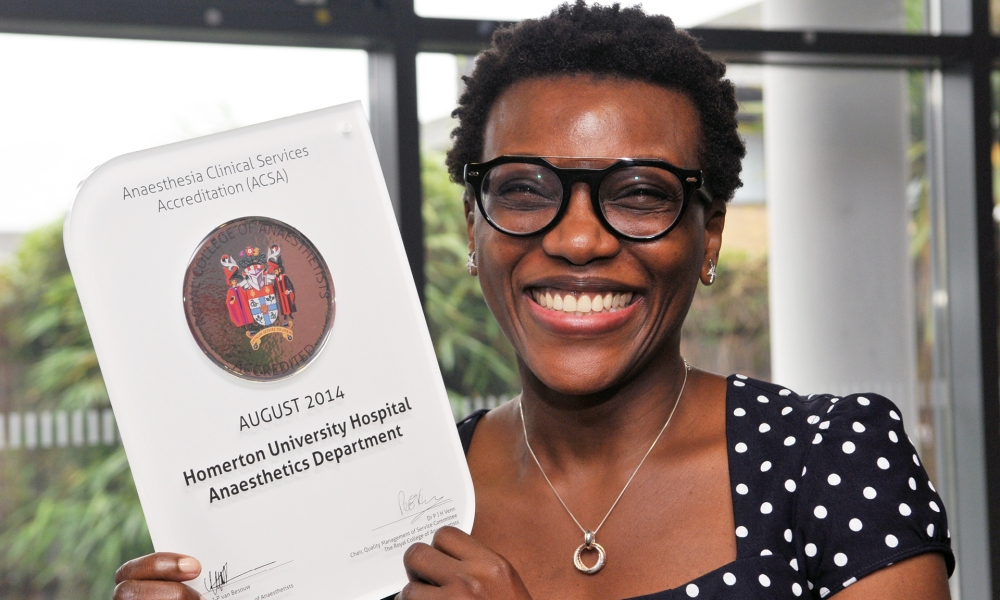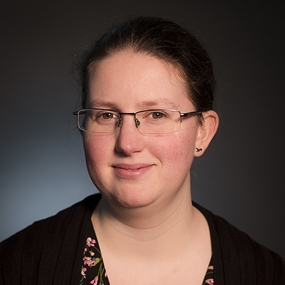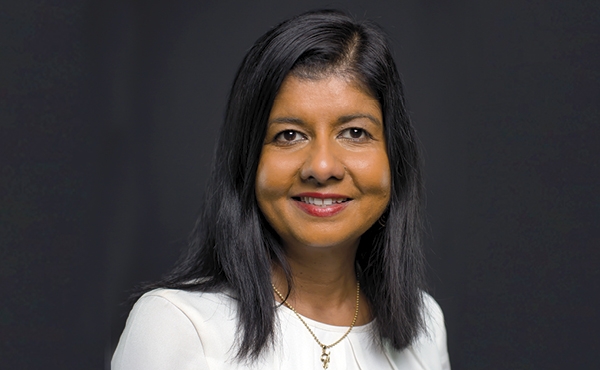ACSA: 10 years on


In August 2014, the Anaesthesia Clinical Services Accreditation (ACSA) scheme accredited its first department – Homerton NHS Foundation Trust. In the 10 years since then, we have gone on to accredit a further 53 departments across the UK, with 26 departments also achieving re-accreditation in that time, and two departments even achieving their third accreditation.
This anniversary gives us the opportunity to look back and see what the scheme has achieved, as well as what there is still to do.
Departments start their ACSA journey with self-assessment, and many of the improvements that departments make to achieve the standards are made at this stage. It is difficult for the scheme to capture data on what improvements are made at this point, but it is clear that a lot of hard work goes into it as, on average, departments meet 91% of the standards at the time of their first review visit.
Peer review has been at the heart of ACSA since the beginning of the scheme, and review visits are a supportive process to help departments to continue to make improvements. Every department has further improvements to make after the review visit, and we see some common themes in the standards that departments struggle to meet. The most commonly unmet standard (55% of visits) relates to the separate storage of local anaesthetics from other drugs and IV infusions. On the positive side, almost all departments visited, whatever the complications of small spaces or asbestos in walls, were able to achieve better separation following the visit, reducing the chances of drug mis-selection and wrong-route administration.
The provision of an emergency call system is another frequently unmet standard (32%). This is also an example of a standard that has evolved over the last 10 years to ensure that the focus is on getting the right help to the right place in an emergency to improve patient safety. While sometimes meeting this standard has required the installation of a call-bell system in a theatre suite, in other areas, such as MRI suites and other remote sites, a different system/process is more appropriate. The ACSA standards and their assessment are designed to be flexible, and recommendations are not prescriptive to allow departments to make the changes most appropriate for their circumstances.
Departments are often aware of what they need to do in order to improve their services, and sometimes recommendations in their ACSA report are helpful to departments to leverage the support they need from the wider hospital to make those changes. Again, there are some common themes. Following their ACSA visit, at least 20 departments have increased the provision and/or use of capnography, ensuring all patients are appropriately monitored. Another 11 departments improved their preoperative assessment services, particularly those for children, following their ACSA visit by measures including an increase of consultant anaesthetist time in the service; nine departments have introduced or expanded separately-staffed elective caesarean-section lists.
The scheme itself has also gone through its own quality-improvement cycles. Across the 10 years we have conducted 120 review visits, and as we gained experience we have adapted the scheme to ensure that it met the core aim to support departments and drive quality improvement to deliver better anaesthesia services for patients. From 2014 to 2023, we reviewed the standards on an annual basis to reduce duplication and to make the wording clearer and easier to assess consistently, as well as updating the standards in line with changes to the Guidelines for the Provision of Anaesthesia Services (GPAS) and other national guidance. In 2023, following feedback from engaged departments, we made the decision to move to a three-year update cycle, so the next full review of the standards will take place in 2026.
In 2015, we introduced optional ‘Domain 5’ sets of standards for neuroanaesthesia, vascular anaesthesia, ophthalmic anaesthesia, and cardiothoracic anaesthesia. These allowed departments providing specialist services in these areas to assess themselves against additional standards specific to their area of practice and gain additional accreditation. When the scheme was launched, it was planned that paediatric and obstetric anaesthesia would also sit as Domain 5 sets of standards. However, it quickly became clear that providing services to these patient populations was core business in the majority of hospitals, and thus they were integrated into the main set of standards.
We have also improved the scheme’s processes. In 2020 we launched the ACSA portal, an online webtool for departments to use to self-assess against the standards and to upload evidence for review. Free for NHS departments, the portal also provides access to the scheme’s library of good practice, which contains examples of how other departments have met the standards.
We continue to work to encourage more departments, both in the NHS and in the independent sector, to engage with the scheme and use it to improve their services.
Read more in this issue
- Bulletin: Summer 2024
- Editorial
From the Editor
- Bulletin: Summer 2024
- Editorial
A rose by any other name…?
- Bulletin: Summer 2024
- Editorial




